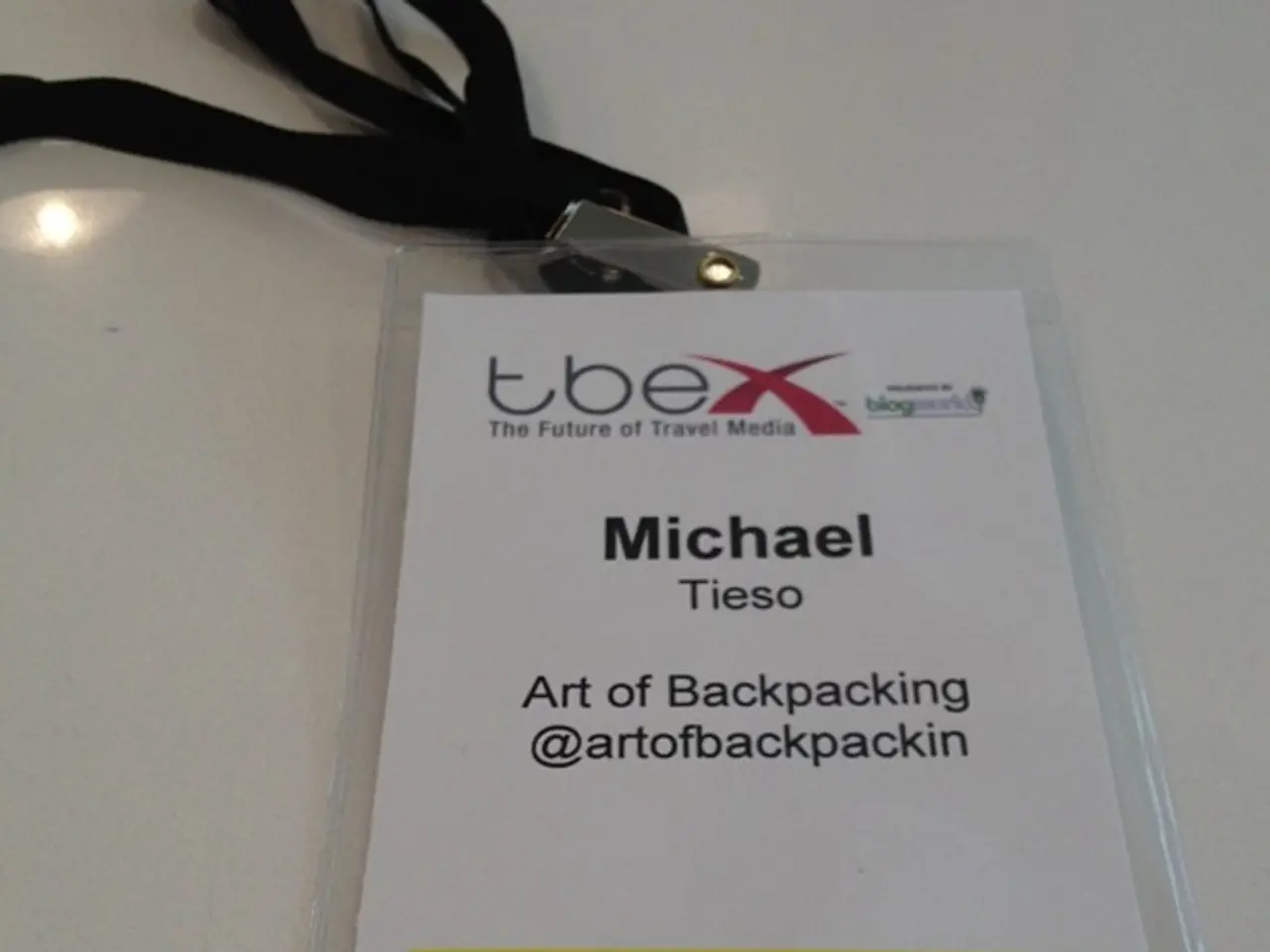AI's Impact on Education: Embrace Pragmatism, Tempers Flares Over Limitations and Challenges
In the education sphere, two distinct groups have emerged, each with a unique take on AI's role.
Camp 1: The Pragmatists
This team consists of educators, administrators, and educational consultants, focusing on how AI can streamline educators' daily tasks. These are the pragmatists. They use AI to reduce workloads, automate repetitive tasks, and streamline assessments, ultimately freeing up time in our increasingly hectic schedules. They view AI as a tool to improve the existing system. In a world facing teacher shortages, low morale, and burnout, their practical approach can be seen as noble.
Camp 2: The Innovators
This group takes a different perspective. They see AI not just as a tool to make our current practices more efficient, but as a transformative force that has the potential to revolutionize education. They are frustrated with the slow pace of change in education and want AI to serve as the catalyst for a massive overhaul. They envision new models of learning, new systems of assessment, and even new structures of schooling altogether. They challenge us to question the relevance, purpose, and future of education.
Over the past few years, tension has grown subtly between these two perspectives. Camp 2 often looks down on Camp 1, viewing AI solutions for lesson planning or grading as unambitious or counterproductive to real innovation. They argue that anything short of systemic transformation isn't worth discussing.
However, I believe this is a flawed stance.
Both perspectives have value. The answer isn't either/or; it's both/and.
The Frustrated Pragmatist
In 2022, I discussed the Three-Box Solution to innovation, a model developed by Professor Vijay Govindarajan from Dartmouth College's Tuck School of Business. By combining this approach with education, I offer a perspective that values both present-day practicality and long-term reinvention.
Linear innovation seeks to optimize and improve what already exists. It's evolutionary, not revolutionary. It can make schools run more efficiently, allowing teachers to focus on what truly matters. With AI, this improvement is remarkable. From lesson planning to feedback automation, these tools aren't just upgrades; they're game-changers. Educators worldwide express excitement, relief, and joy when discovering AI tools that simplify their lives. They're not aspiring to overhaul the system; they simply want to do their jobs well with a bit of breathing room. And when AI helps them achieve that, it's not "false" innovation; it's real and meaningful progress.
Embracing Both Perspectives
Non-linear innovation challenges the status quo. It questions the existing system and dares to imagine better models. This kind of thinking is crucial when new technologies, like AI, challenge conventional systems. Schools, long shielded from disruption, are now grappling with powerful learning alternatives like AI-powered schools and AI tutors. This disruptive force is the real power of AI. It doesn't just automate existing processes; it introduces competition never seen before.
Schools must start asking:
- What value do we provide that no AI system can?
- What is our deeper purpose in a world where content is limitless, and instruction is on-demand?
AI is the lever for driving systemic reform in education. It's not the destination; it's the momentum builder, the catalyst for change. This is why I authored "Infinite Education," offering a playbook for non-linear innovation and guiding schools looking to evolve before they're forced to.
Leading the Change
Balancing linear and non-linear innovation requires a new kind of leadership. Good leadership manages the present while questioning its shelf life, supports existing systems while creating new ones, and holds space for both security and disruption. In education, we need both managerial and heretical leaders. The former keeps the system functioning, while the latter imagines and questions. Both are critical for true educational innovation in the age of AI.
Let's create a culture that values both types of innovation, tools that help us survive today and visions that help us invent tomorrow. Let's support the teachers using AI to reclaim time and energy while nurturing those dreaming of systems not yet built. Let's bridge the gap between the present and the future, the practical and the possible, the performance engine and the innovation lab. Because if we can achieve this, we can lead with AI, not just adapt to it. That's the future-focused education system the world needs.
- The pragmatists in AI education, such as educational leaders, use AI to streamline tasks, reduce workloads, and automate assessments, catering to students in today's hectic schedule.
- Meanwhile, the innovators in AI for education envision new models of learning, new systems of assessment, and school structures, challenging the existing system and questioning the future of education.
- In 2022, some educators adopted the Three-Box Solution, a business model that combines linear and non-linear innovation, with the goal of making schools more efficient while simultaneously driving systemic reform in education.
- With the advent of powerful learning alternatives like AI-powered schools and tutors, schools must reconsider their value proposition and deeper purpose in a world where content is limitless and instruction is on-demand.
- Educational leaders should balance managerial and heretical approaches, supporting existing systems while imagining and questioning new ones, to lead a future-focused education system that adapts to AI, rather than just adapting to it.




